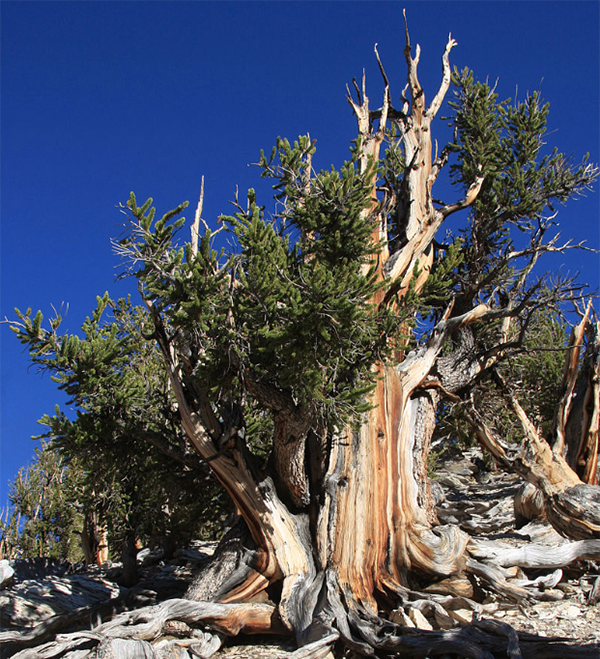If you purchased or leased your home “pre-loved” (as the Realtors like to say), then you may be wondering how old the trees in your yard are. After all, you didn’t plant them and you can’t be sure they were plated the same your year your home was built.
So, here are some tips for figuring out whether your trees are teenagers or entering middle age. First, realize that trees generally reach a maximum height and spread and then stop growing too dramatically. They do have a tell, though — their trunk size. It increases in diameter throughout its lifetime, simply adding wood to its trunk year by year.

As a loose rule of thumb, young trees grow pretty quickly — adding about one-half inch in diameter each. Then things begin to slow down, and they start adding about one-quarter inch per year. If you have some truly old trees in your yard, they’re probably growing in diameter barely one-tenth of an inch per year.
Now let’s get into the exceptions to the rule. Some trees are simply fast growers, and others simply slow growers. As an arborist, I can use an increment borer to check out a cross section of the trunk to count rings — which would tell me not only the age of the tree but also its structural condition. And as a side fun fact, if you have a stump in your yard of a tree that’s long been removed, you can tell its age by the number of rings you count.
Living in Southern California, we also have pretty convenient access to some of the oldest living trees on the planet. Next time you’re heading up Highway 395 Mammoth or anywhere in the Eastern Sierra, consider taking a side trip to the Bristlecone Pine Forest outside of — of course, — Big Pine. One of these trees was actually identified as being 5,076 years old! Think about that — this wonderful tree was growing strong long before the Greeks were thinking about civilization and even before the Egyptians were building pyramids.
So have some fun — check out the trees in your yard and imagine what they’ll see over the coming decades. And if you’ve forgotten your high school math, the easiest way to measure diameter is by first measuring the tree’s circumference (grab a tape measure and wrap it around the trunk a few feet above ground). Divide that measurement by 3.1 (or 3.14 if you’re really shooting for accuracy).

